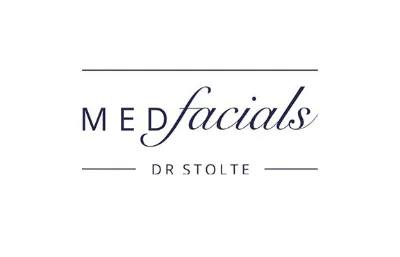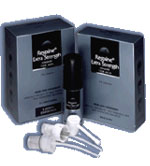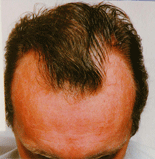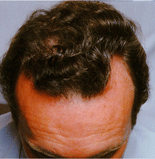Both Minoxidil and Finasteride have been tested extensively and both have been used in high doses for the treatment of other conditions so a lot of safety data has been collected.
Minoxidil
Minoxidil has been used to treat hair loss since the early 1990's. Reported side effects include scalp irritation in around 6% of users, headaches, and rash. More serious but rarer risks include dizziness and lowered blood pressure.
Finasteride
Finasteride has been used in 5mg doses since the early 1980's for the treatment of prostate problems in men. Its brand name in this country is Proscar®. Its side effects are thus well known, and although only 1mg is recommended to treat hair loss (branded as Propecia®), unwanted effects can still include less desire for sex, difficulty in achieving an erection, and a decrease in the amount of semen produced. This happens in less than 2% of patients taking the drug. These side effects went away when patients stopped taking the drug. They also disappeared eventually in most men who continued taking the treatment.
In general use, the following problems have also been reported in connection with taking Finasteride: allergic reactions including rash, itching, hives and swelling of the lips and face; problems with ejaculation; breast tenderness and swelling; and testicular pain.
Finasteride can affect a blood test called PSA (Prostate-Specific Antigen) which is done for the screening of prostate cancer. Patients should tell their doctor if they are having this test done whilst taking the drug.
Medical evidence
Minoxidil
Minoxidil is available in a range of strengths from 2% to 5% solutions, which can be bought without a prescription from a chemist, to a 12.5% cream that is only available from a doctor on a private prescription.
Used directly on the scalp, twice a day, 2% strength Minoxidil has been shown to stimulate moderate to dense hair regrowth in 26% of male subjects who were 18-49 years old. There was a slightly higher success rate in female patients.
The response rate to the 5% strength solution is higher in both men and women, although only the 2% strength solution is currently approved for use in women.
It may take anywhere from several months to one year to see an effect, and both the 2% and 5% solutions are most effective in persons with the recent beginning of hair loss owing to androgenetic alopecia, (the medical term for male pattern baldness) and relatively small areas of hair loss.
Thus early use of Minoxidil is recommended to help prevent the spread of small areas of baldness.
It has also been found that Minoxidil is generally more effective in improving central areas of the scalp than in areas at the front of the head.
Minoxidil is sometimes combined with other products by experienced hair loss practitioners to treat this condition.
For more information on Minoxidil, we recommend that you visit the Regaine website.
Finasteride
Finasteride, which is for men only, is taken in tablet form. The manufacturer claims the following results based on a 2 year study of men who took one tablet per day:
- 5 out of 6 men kept the amount of hair they had: i.e. they did not experience any hair loss at all over two years;
- 2 of 3 men re-grew some hair;
- 80% were rated as having some improvement in their hair by doctors.
However, there appeared to be no evidence that the drug works for receding hairlines at the temples.
Again, this treatment may take several months, or even up to a year, before you see any effect.
With both Minoxidil and Finasteride, if no effect is observed after one year, it is unlikely that they will ever work. Also, to maintain any benefit obtained, you must continue to use the product.
For more information on finasteride we recommend that you visit the Propecia website.






